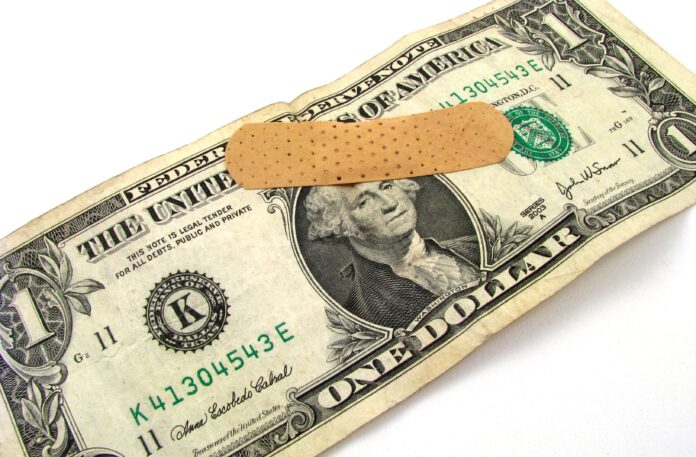By Ashley Ann Reich
In today’s times, many individuals are considering what a financial emergency is and whether to dip into their savings or, for some, their retirement. With prices continuing to rise, Americans feel the pinch in many areas, which can easily cloud our view of what is truly an emergency. In my lifetime, I have been faced with several large financial emergencies. In some cases, I have handled them poorly, but I have learned several tangible ways to combat the stress and financial picture when making these types of decisions.
Have you ever found yourself in the dead of summer, and your air conditioning conveniently stops working? Or perhaps you are driving along in your car, and suddenly that dreaded “check engine” light comes on? It seems as though these types of scenarios happen at the most inconvenient times but must be fixed to continue to function in life. A financial emergency looks a little bit different depending on your family situation and financial picture. Still, there are a few themes in determining when to consider using your emergency fund, cash roll the expense, or when you might be able to wait.
An Emergency Defined
What emergency is –
According to an article by Ramsey Solutions, “true emergencies are unexpected, necessary and urgent.”
- A non-functional vehicle or heating and air unit that needs to be replaced or fixed definitely could be considered a financial emergency because it is difficult to function without them.
- Additionally, if someone in your home loses their job or is laid off, that would constitute utilizing your emergency fund to cover expenses that would have otherwise been supplemented by that person’s income.
What an emergency is not –
- A vacation or that trendy dress is not a financial emergency. Additionally, going over your grocery budget or that extra Starbucks are both not emergencies. All of these items should be a part of your monthly budget, and amounts should be allocated accordingly to ensure you don’t have to dip into savings.
Funding an Emergency Purchase
According to a report on the “Economic Well-Being of U.S. Households in 2020”, 36% of Americans still have trouble funding a $400 emergency. When you are faced with a true emergency, here are some simple steps to follow –
- Get several estimates to ensure you are not paying more than you need. This is worth the time and effort to save a few hundred or even thousands of dollars.
- Take a look at your current financial picture to determine how you will pay.
- Are you able to pay cash for the item with monthly income?
- Do you need to dip into your emergency savings to cover the cost?
- Ask whether the company allows for payments without any penalty or interest. There are a lot of companies that allow you zero monthly interest payments for a period of time and are willing to work with you – especially in today’s climate.
A Mental Exercise
When financial emergencies happen, we tend to make rash decisions because they are usually monumental, inconvenient issues. Here is a good exercise to do when you are faced with a large financial decision –
- Take a few minutes to just breathe before making the next move.
- Review your financial picture. This, strangely, can provide a lot of clarity and calm to the chaos.
- Make the decision and move forward.
It is a small exercise, but it can make you feel more educated and in control of the decision-making process, and you will be able to do it from a much clearer state of mind.
Action Steps:
1. Evaluate your current budget
Many times, this is a temporary adjustment to your budget that can happen within a few months, and then you can get on with continuing your original budget. This extra time will also allow you to get several opinions and estimates that might end up saving you a lot of money in the long run.
2. Set up an emergency fund
You will inevitably face at least one financial emergency in your lifetime. If you are single and live in an apartment, your emergency fund may not need to be much more than $1,000 initially. If you have a family and live in a home, especially an older home, you might want to increase your emergency fund to ensure you can cover more significant expenses.
3. Consider future expenses
Planning is key when it comes to emergencies that will happen at some point. I encourage you to take some time to evaluate what might be looming as an added expense and set up your emergency fund or perhaps a specific, separate account and start adding money each month.










